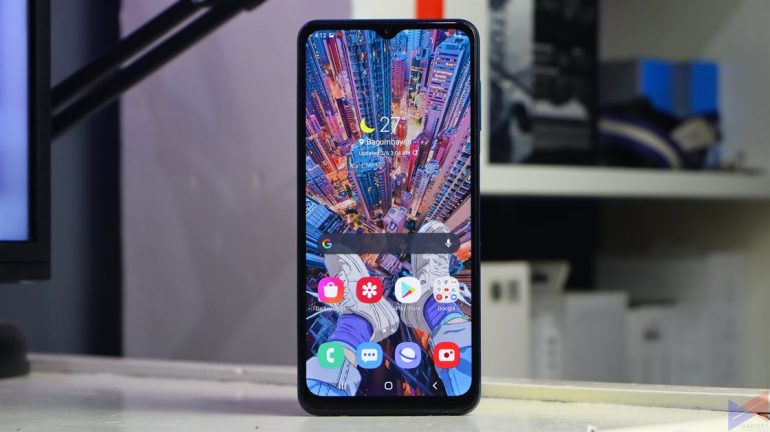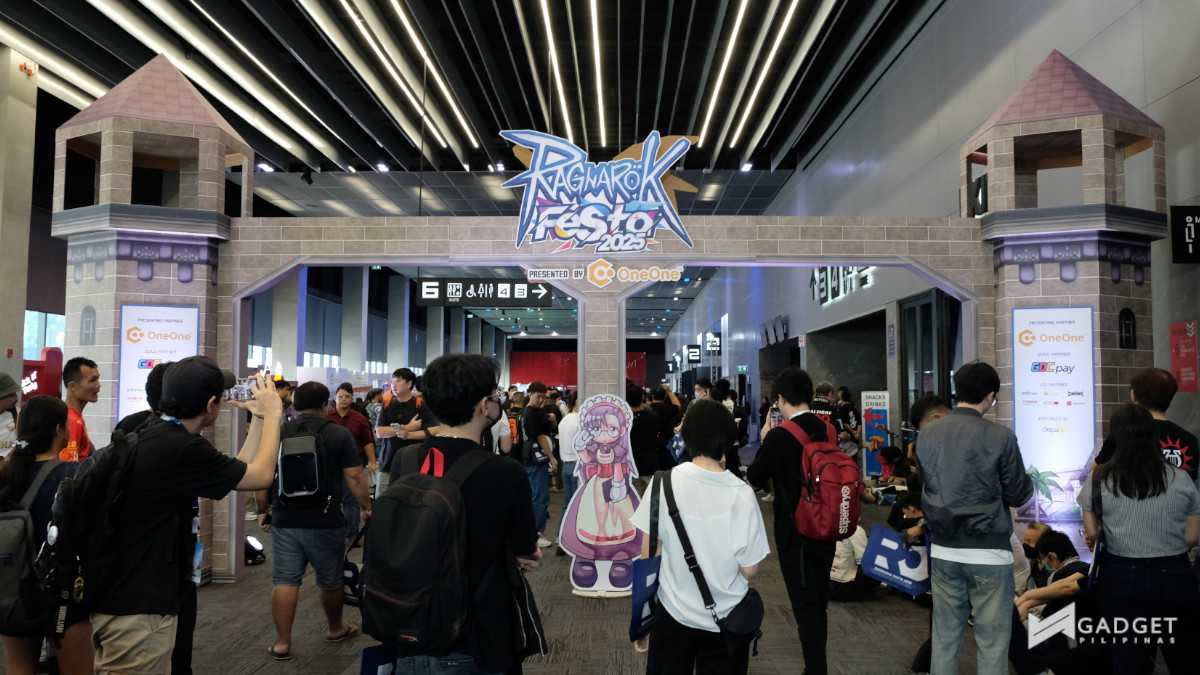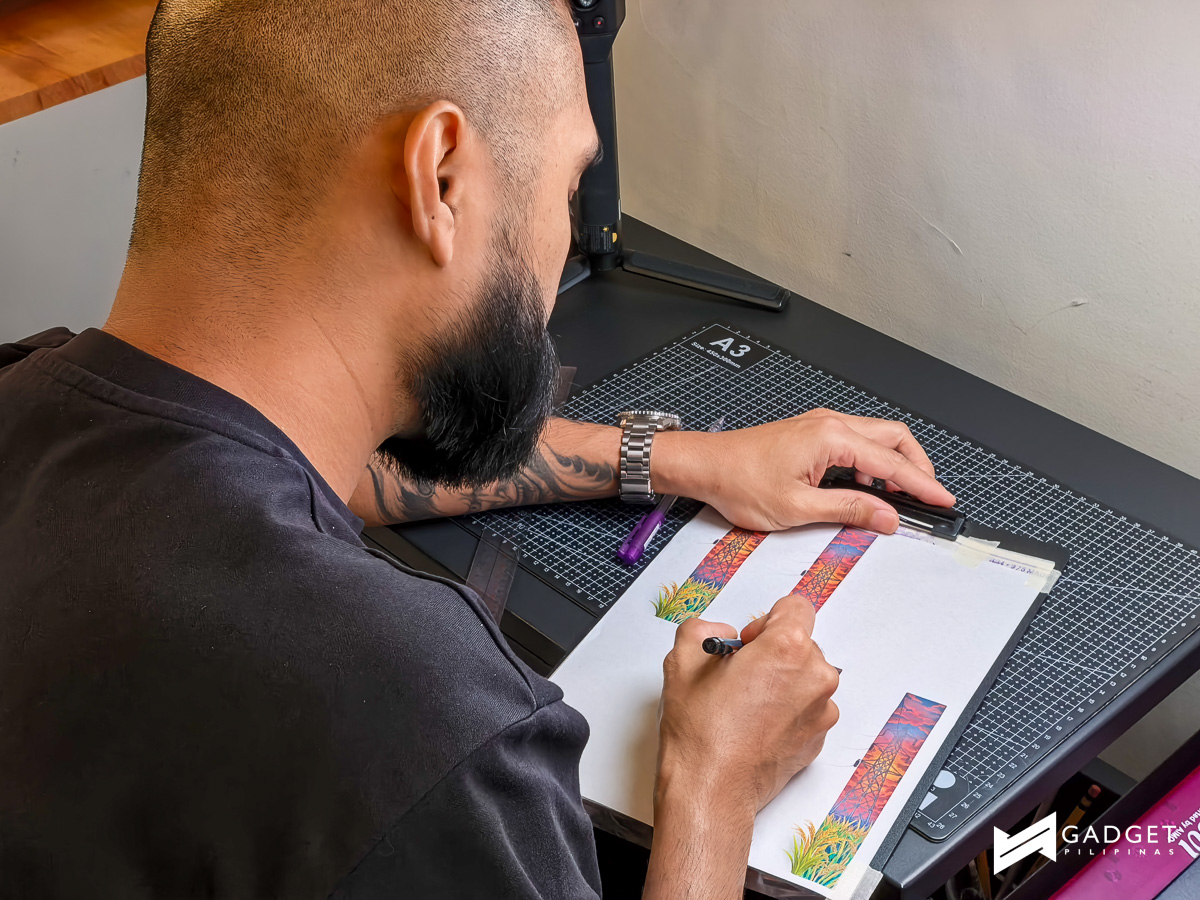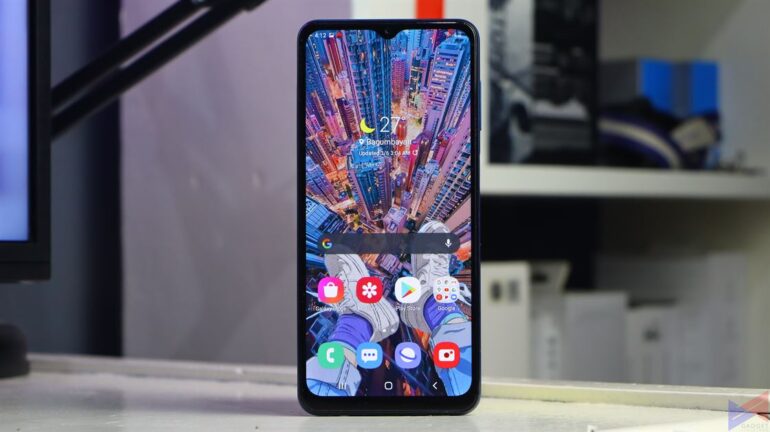
Galaxy A12 is one of Samsung’s newly-launched budget offerings in the Philippines, giving consumers a chance to upgrade their digital experience with a device that can take on their daily tasks, and a bit more, all at a competitive price.
But with competition in tightening up, even in the budget segment, does this phone have what it takes to stand out and earn the right of being a good choice? Let’s find out.
Specifications
[table id=365 /]
Design and Build Quality


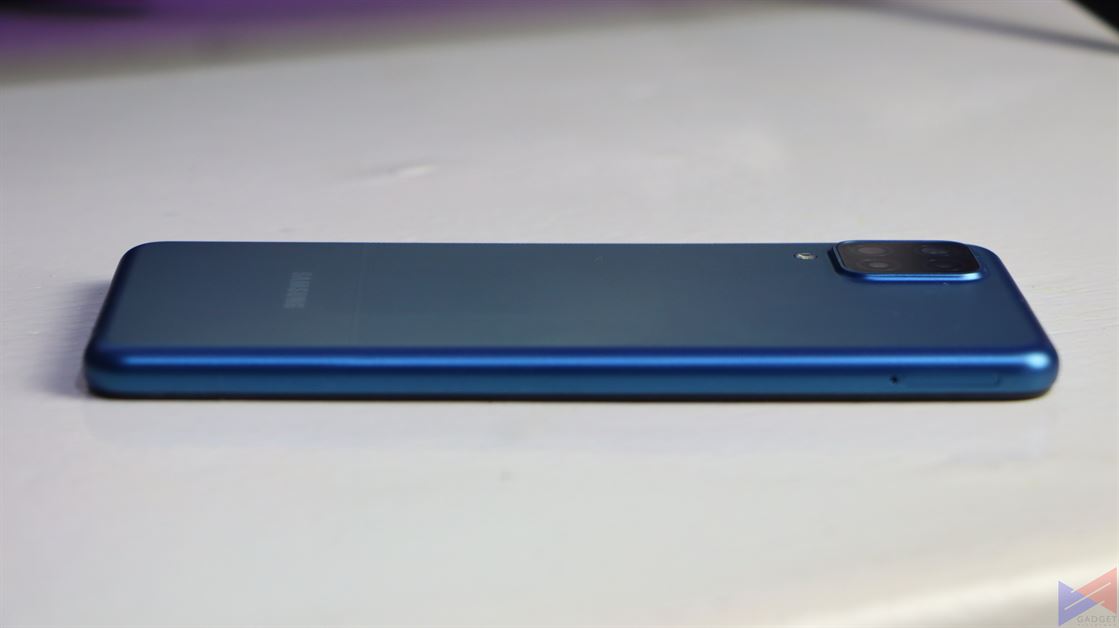

As one would expect from a device at this price point, the Galaxy A12’s shell is, for the most part, mostly plastic. The combination of a textured and smooth finish on its back panel isn’t something you see every day on phones and gives it that unique look. Then there’s the protruding camera module, which everyone has gotten used to, and the usual Samsung branding.
Despite that however, the phone weighs a bit more than I expected, perhaps due to its large-capacity battery. All buttons are on its right side, while the SIM slot is on the left.
You get a USB-C port at the bottom, along with a microphone, speaker grille, and a headphone jack.
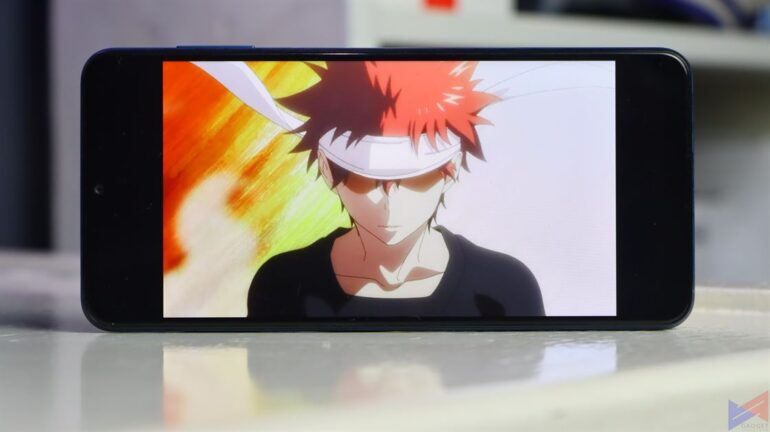
Upfront, the 6.5″ HD+ LCD Infinity-V display is surrounded by thick bezels, especially at the bottom, along with a notch for its front camera. As expected, it isn’t anything to write home about – colors aren’t as punchy, and text isn’t as sharp.
Performance
With MediaTek’s Helio G-Series being the choice for a certain competitor in this price range, Samsung still opted for the Helio P35, which in my opinion isn’t the best choice, especially when you look at the benchmark figures.



If you plan to get this phone for gaming, your experience will vary depending on which games you play. Mobile Legends runs well even with HFR mode on, and CoD Mobile is very playable at low graphics + high frame rate setting. Genshin Impact, unfortunately, is almost unplayable even at the lowest graphics preset.
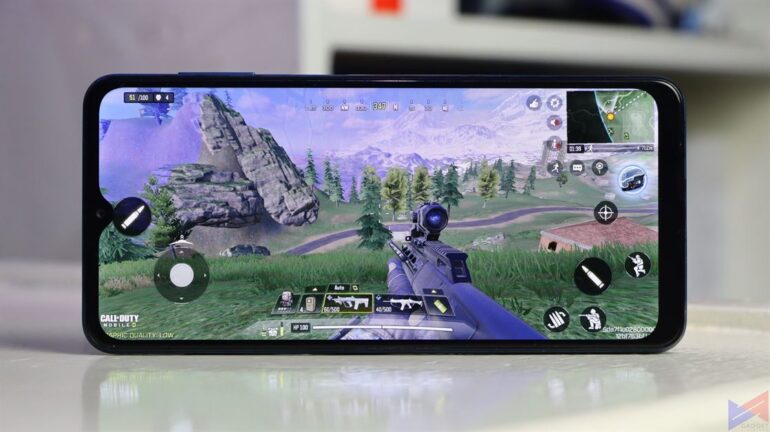
Camera














While performance is its weakest point, the cameras on the Galaxy A12 are able to capture some great looking. You get good levels of sharpness, dynamic range, and detail in well-lit scenarios.
The depth of field effect it applies is very convincing, accurate, and well defined.
The ultra-wide unit also does a great job of capturing more in the frame with minimal to no distortion. Exposure does suffer a bit, which is usually the case.
What’s even surprising is that it holds up even in low-light, which is unexpected for a device at this price point. It’s not comparable to say a flagship device, of course, but it’s better than usual. There’s enough detail in there, shots aren’t as grainy or noisy as I’ve expected, and that’s despite not having a dedicated night mode.
Software



The Galaxy A12 that was sent to us was running One UI 2.5 on top of Android 10. As for UI performance, it’s smooth and snappy for most of the time, with some minor stutters on occasion.
Features-wise, you do get mostly what you’ll find on other devices – Dark Mode, Digital Wellbeing, and the usual suite of security options – Fingerprint, Face Unlock, and the more traditional ones.
Other features include Game Launcher, which is basically a central hub for all games installed on the device, Dual Messenger, for logging in to two separate social media accounts in one device, and more.
Battery
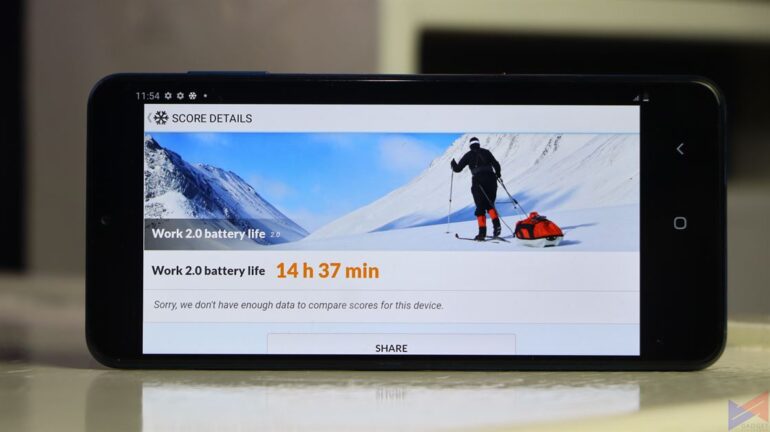
Using PCMark’s Work 2.0 benchmark which simulates tasks like video editing and data manipulation, the Galaxy A12 was able to score close past 14.5 hours, which means this phone will easily last for a whole work day of light to moderate use most likely with energy left to spare for the trip home.
Verdict
Samsung Galaxy A12 delivers a decent experience for a daily driver. It performs generally well, it’s cameras are surprisingly decent even in low-light, and it boasts great battery life. However, the choice of SoC is still questionable, especially considering that there are other devices in the same price range that use a newer one, and evidently performs better.
Value-wise, I’d say if you prefer Samsung’s design and UI, get this. Otherwise, there are better options, especially if you’re more into gaming.
Emman has been writing technical and feature articles since 2010. Prior to this, he became one of the instructors at Asia Pacific College in 2008, and eventually landed a job as Business Analyst and Technical Writer at Integrated Open Source Solutions for almost 3 years.

